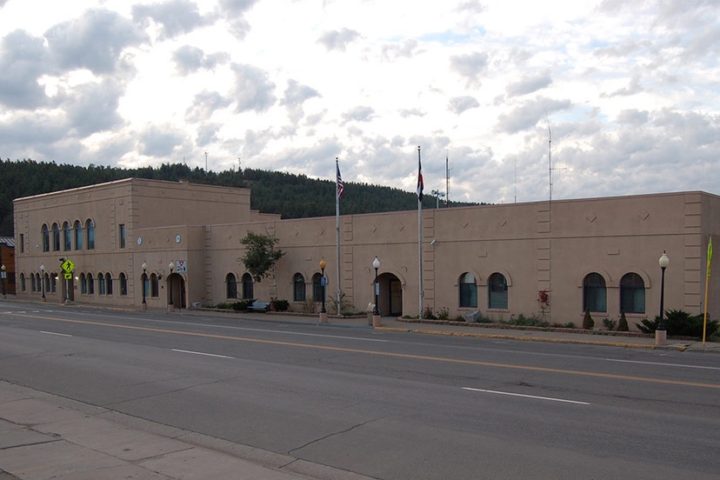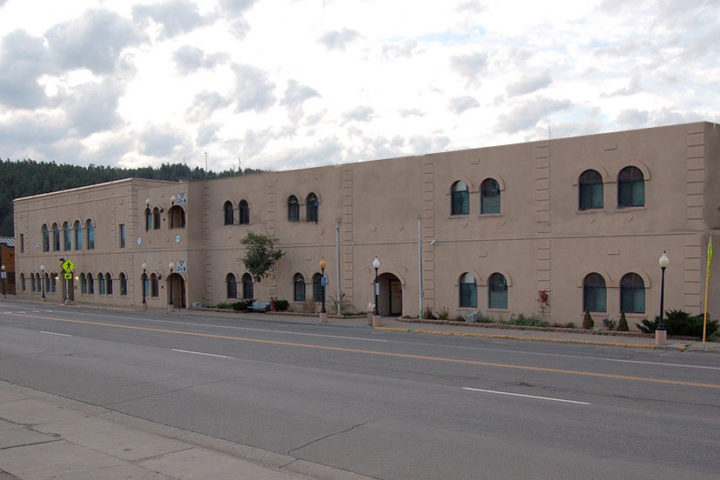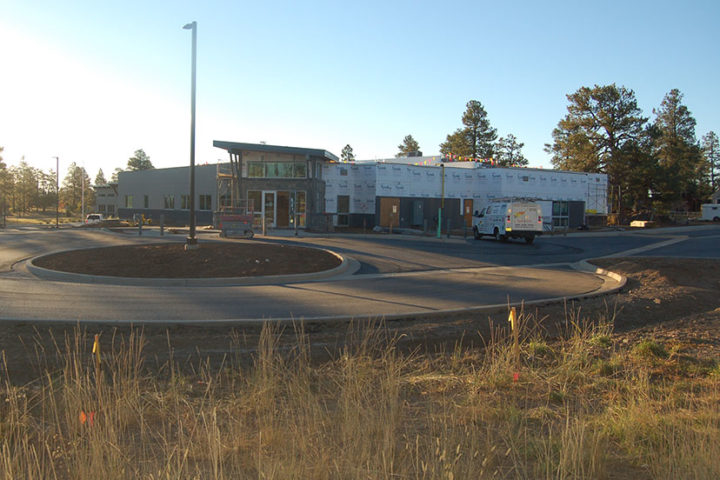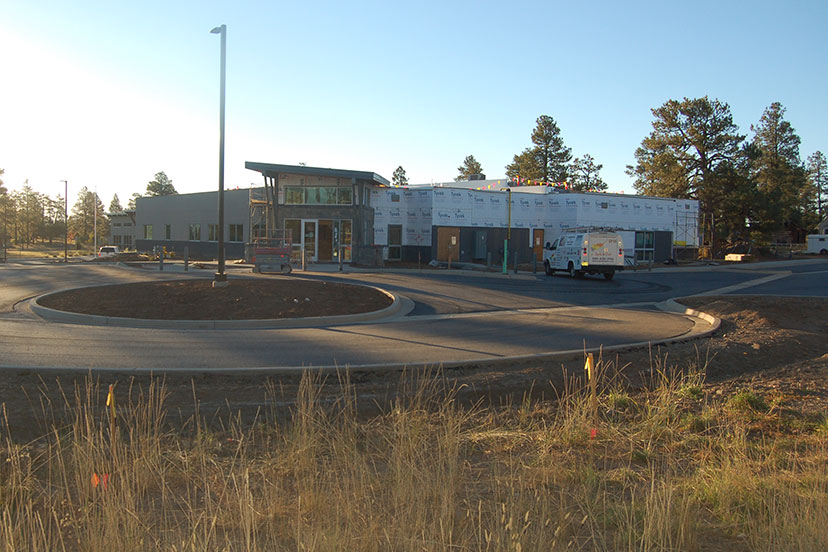I had a pleasant chat with a local government employee recently, over coffee, and we talked about Pagosa Springs and Archuleta County and the problems we all face, going into 2022.
Part of the conversation touched on the massive expenditures undertaken over the past three years by our elected County Commissioners, to create a ‘justice center’ in Harman Park on behalf of Sheriff Rich Valdez and his ever-growing staff, and on behalf of the Sixth Judicial District.
This morning, I am thinking about that growth. And about growth, in general.
To tell the truth, I had not paid much attention to County Sheriff politics prior to 2015. During my years in Pagosa Springs, a couple of previous occupants of the County Sheriff’s office had run into minor controversies now and again, but generally, they had seemed to be running things in a somewhat competent manner.
From what I could tell. Like I said, I wasn’t paying much notice. Yes, I’d covered a couple of Sheriff elections, but I hadn’t written too many editorials about County law enforcement issues… or facilities issues…
…until a roof leak in April 2015 sparked Archuleta Board of County Commissioner conversations about building a new jail, new Sheriff’s offices, a new courthouse… and in connection therewith, creating substantial County debt.

Indeed, the jail roof had leaked… and indeed, the BOCC had been discussing the idea of selling the historic County Courthouse and constructing new County facilities for at least 15 years…
This particular roof leak could easily and conveniently be promoted as a compelling reason for spending millions of tax dollars on new facilities. On top of the water damage, Sheriff Rich Valdez began making claims of unhealthy air quality in the historic Courthouse.
Personally, I suspected the Courthouse could be renovated to accommodate a growing County government, for a much smaller price tag that what the BOCC seemed to have in mind. I even created a Photoshop image of an imagined improvement… a renovation that would add a second floor to the larger, one-story west wing of the building.

The BOCC didn’t like my idea. They really wanted to spend $20 million, or maybe $25 million, on something totally new. A state-of-the-art “justice center”: a new courthouse, new Sheriff’s offices, a new jail.
But we later learned that $20 million would fund only the new jail. We also heard the BOCC discussing a $6 million courthouse.
Then, another $1 million for a Sheriff’s Office renovation. And $1.2 million for a new Department of Human Services building. And now, plans for yet another building to house the County Clerk, Assessor and Treasurer.
These new buildings would, of course, provide the County government ‘room to grow’.

The commissioners had a couple of good reasons for wanting to grow their government in 2015. But population growth wasn’t one of them.
The growth of a community’s population is generally justification for increasing the number of government staff, and perhaps even staff salaries. It’s natural to propose a larger, better-paid staff, and larger, more expensive facilities, when there’s an increase in the the number of people served by the government.
But the increases in the size and cost of the Archuleta County government, over the past decade, have had little correlation to population growth.
I first became interested in population growth in Archuleta County back in about 2007, when the Pagosa Area Water and Sanitation District (PAWSD), and the San Juan Water Conservancy District (SJWCD) were proposing a new water reservoir in the Dry Gulch Valley, just northeast of downtown Pagosa Springs. The community’s population had more than doubled over the past 15 years, and PAWSD and SJWCD hired professional engineers to explain to the community that we would begin running desperately short of water by 2021.
Here’s a quote from a 2007 analysis by professional engineer Steve Harris, written to explain the tremendous need for a 35,000 acre-foot Dry Gulch reservoir.
The 2005 population of the SJWCD and PAWSD service areas is approximately 9,500 full-time residents, up from about 7,500 in 2000. As an example of growth, historic water connections within the Districts average about 300 per year which is a growth rate of 5 to 7 percent. The current water storage capacity in the District is 2,900 AF [acre feet]. Studies indicate that an additional 12,500 AF of storage capacity will be necessary by the year 2040 to meet the water needs of area residents.
There are a couple of problems with this professional analysis, however. One problem is that population growth doesn’t always correlate with the need for “bigger government”.
Since 2007, the growth of PAWSD water production has not been even close to “5 to 7 percent”. In 2007, PAWSD sold about 1,375 AF of treated water. In 2019, PAWSD sold less treated water than in 2007 — only about 1,235 AF. In spite of population growth, the total demand for water had declined over those 12 years.
The other problem was, the population growth was also much less than “5 to 7 percent”. Since 2007, the Archuleta County population has grown by an average of less than one percent per year. The estimated population in 2007 was 12,432; in 2020 the U.S. Census reckoned the population at 13,359.
Even with a slight growth in its district population, and even during a multi-year “drought”, PAWSD sold less treated water in 2019 than they did in 2007. If current trends continue, it’s quite possible that PAWSD will sell less water in 2040 than they did in 2007.
(Disclosure: I currently serve on the SJWCD Board of Directors, but my opinions do not necessarily reflect the opinions of the SJWCD Board as a whole.)
Sadly, the projections by a professional engineer in 2007, concerning both population growth and water demand were horribly wrong, once we are blessed with hindsight.
But we were originally talking about the Sheriff’s Office, right? And the way the growth of government budgets sometimes have very little to do with population growth, or even with the level of service actually provided by our governments.

